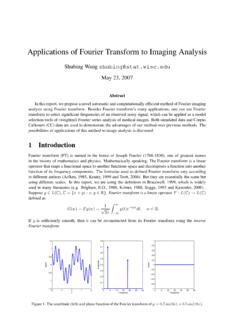Transcription of IMAGE SEGMENTATION BY USING THRESHOLDING …
1 Computer Science & Engineering: An International Journal (CSEIJ), , , February 2016 1 IMAGE SEGMENTATION BY USING THRESHOLDING TECHNIQUES FOR MEDICAL IMAGES Senthilkumaran N1and Vaithegi S2 1 Department of Computer Science and Application, Gandhigram Rural Institute, Dindigul 2 Deemed University, Gandhigram, Dindigul ABSTRACT IMAGE binarization is the process of separation of pixel values into two groups, black as background and white as foreground. THRESHOLDING can be categorized into global THRESHOLDING and local THRESHOLDING . This paper describes a locally adaptive THRESHOLDING technique that removes background by USING local mean and standard deviation. Most common and simplest approach to segment an IMAGE is USING THRESHOLDING .
2 In this work we present an efficient implementation for threshoding and give a detailed comparison of Niblack and sauvola local THRESHOLDING algorithm. Niblack and sauvola THRESHOLDING algorithm is implemented on medical images. The quality of segmented IMAGE is measured by statistical parameters: Jaccard Similarity Coefficient, Peak Signal to Noise Ratio (PSNR). KEYWORDS THRESHOLDING , Niblack, Sauvola, PSNR, Jaccard 1. INTRODUCTION IMAGE SEGMENTATION is a fundamental process in many IMAGE , video, and computer vision applications . It is often used to partition an IMAGE into separate regions, which ideally correspond to different real-world objects. It is a critical step towards content analysis and IMAGE understanding [1].The gray levels of pixels belonging to the object are entirely different from the gray levels of the pixels belonging to the background, in many applications of IMAGE processing.
3 THRESHOLDING becomes then a simple but effective tool to separate those foreground objects from the background. We can divide the pixels in the IMAGE into two major groups, according to their gray-level. These gray-levels may serve as detectors to distinguish between background and objects is considering as foreground in the IMAGE [2]. Select a gray-level between those two major gray-level groups, which will serve as a threshold to distinguish the two groups (objects and background). IMAGE SEGMENTATION is performed by such as boundary detection or region dependent techniques. But the THRESHOLDING techniques are more perfect, simple and widely used [3]. Different binarization methods have been performed to evaluate for different types of data. The locally adaptive binarization method is used in gray scale images with low contrast, Varity of background intensity and presence of noise.
4 Niblack s method was found for better THRESHOLDING in gray scale IMAGE , but still it has been modified for fine and better result [4]. A number of THRESHOLDING techniques have been previously proposed USING global and local techniques. Global methods apply one threshold to the entire IMAGE while local THRESHOLDING Computer Science & Engineering: An International Journal (CSEIJ), , , February 2016 2 methods apply different threshold values to different regions of the IMAGE . The value is determined by the neighborhood of the pixel to which the THRESHOLDING is being applied [5]. The binarization techniques for grayscale documents can be grouped into two broad categories: global THRESHOLDING binarization and local THRESHOLDING binarization [6]. Global methods find a single threshold value for the whole document.
5 Then each pixel is assigned to page foreground or background based on its gray value comparing with the threshold value. Global methods are very fast and they give good results for typical scanned documents. For many years, the binarization of a grayscale document was based on the global THRESHOLDING statistical algorithms. These statistical methods, which can be considered as clustering approaches, are inappropriate for complex documents, and for degraded documents. If the illumination over the document is not uniform global binarization methods tend to produce marginal noise along the page borders. To overcome these complexities, local THRESHOLDING techniques have been proposed for document binarization. These techniques estimate a different threshold for each pixel according to the grayscale information of the neighboring pixels.
6 The techniques of Bernsen, Chow and Kaneko, Eikvil, Mardia and Hainsworth, Niblack [7], Yanowitz and Bruckstein [8], and TR Singh belong to this category. The hybrid techniques: Gorman and Liu, which combine information of global and local thresholds belong to another this paper we focus on the binarization of grayscale documents USING local THRESHOLDING technique, because in most cases color documents can be converted to grayscale without losing much information as far as distinction between page foreground and background is concerned. 2. THRESHOLDING TECHNIQUES Threshold technique is one of the important techniques in IMAGE SEGMENTATION . This technique can be expressed as: T=T[x, y, p(x, y), f(x, y] Where T is the threshold value. x, y are the coordinates of the threshold value (x,y) ,f(x,y) are points the gray level IMAGE pixels [9].)
7 Threshold IMAGE g(x,y) can be define: g(x,y)= THRESHOLDING techniques are classified as bellow Figure 1. THRESHOLDING Techniques Computer Science & Engineering: An International Journal (CSEIJ), , , February 2016 3 THRESHOLDING is classified into two Global THRESHOLDING and Local THRESHOLDING , Global THRESHOLDING is dived into Traditional,Iterative,Multistage which is difined as a Figure 1. Global THRESHOLDING Global (single) THRESHOLDING method is used when there the intensity distribution between the objects of foreground and background are very distinct. When the differences between foreground and background objects are very distinct, a single value of threshold can simply be used to differentiate both objects apart. Thus, in this type of THRESHOLDING , the value of threshold T depends solely on the property of the pixel and the grey level value of the IMAGE .
8 Some most common used global THRESHOLDING methods are Otsu method, entropy based THRESHOLDING , etc. Otsu salgorithm is a popular global THRESHOLDING technique. Moreover, there are many popular THRESHOLDING techniques such as Kittler and Illingworth, Kapur , Tsai , Huang , Yen and et al [9]. Traditional THRESHOLDING (Otsu s Method) In IMAGE processing, SEGMENTATION is often the first step to pre-process images to extract objects of interest for further analysis. SEGMENTATION techniques can be generally categorized into two frameworks, edge-based and region based approaches. As a SEGMENTATION technique, Otsu s method is widely used in pattern recognition, document binarization, and computer vision. In many cases Otsu s method is used as a pre-processing technique to segment an IMAGE for further processing such as feature analysis and quantification.
9 Otsu s method searches for a threshold that minimizes the intra-class variances of the segmented IMAGE and can achieve good results when the histogram of the original IMAGE has two distinct peaks, one belongs to the background, and the other belongs to the foreground or the signal. The Otsu s threshold is found by searching across the whole range of the pixel values of the IMAGE until the intra-class variances reach their minimum. As it is defined, the threshold determined by Otsu s method is more profoundly determined by the class that has the larger variance, be it the background or the foreground. As such, Otsu s method may create suboptimal results when the histogram of the IMAGE has more than two peaks or if one of the classes has a large variance Iterative THRESHOLDING (A New Iterative Triclass THRESHOLDING Technique) A new iterative method that is based on Otsu s method but differs from the standard application of the method in an important way.
10 At the first iteration, we apply Otsu s method on an IMAGE to obtain the Otsu s threshold and the means of two classes separated by the threshold as the standard application does. Then, instead of classifying the IMAGE into two classes separated by the Otsu s threshold, our method separates the IMAGE into three classes based on the two class means derived. The three classes are defined as the foreground with pixel values are greater than the larger mean, the background with pixel values are less than the smaller mean, and more importantly, a third class we call the to-be-determined (TBD) region with pixel values fall between the two class means. Then at the next iteration, the method keeps the previous foreground and background regions unchanged and re-applies Otsu s method on the TBD region only to, again, separate it into three classes in the similar manner.

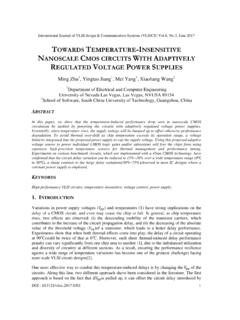
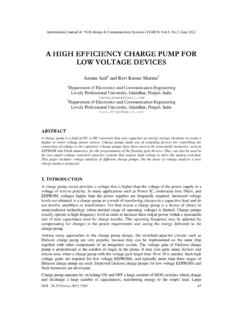
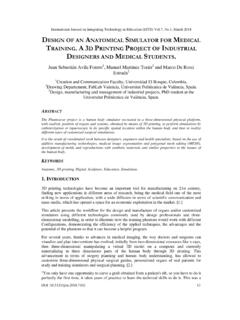
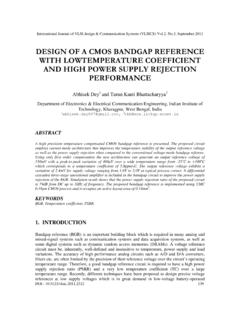
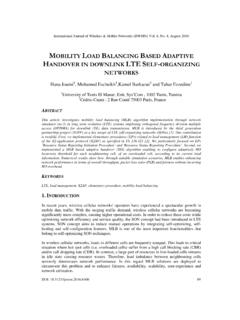
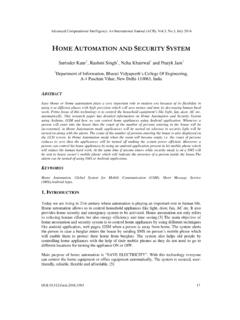
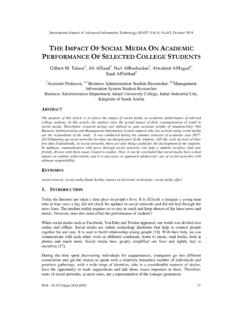
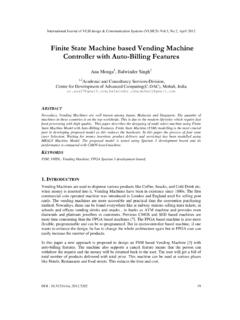
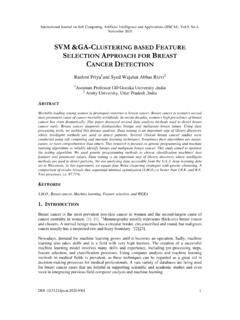

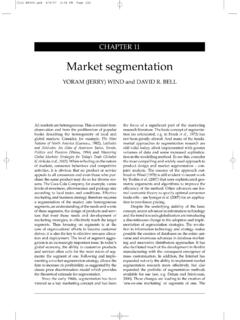

![arXiv:2105.05633v1 [cs.CV] 12 May 2021](/cache/preview/6/1/2/8/2/0/d/8/thumb-612820d8df3e5b009babe51cf11c5c25.jpg)



